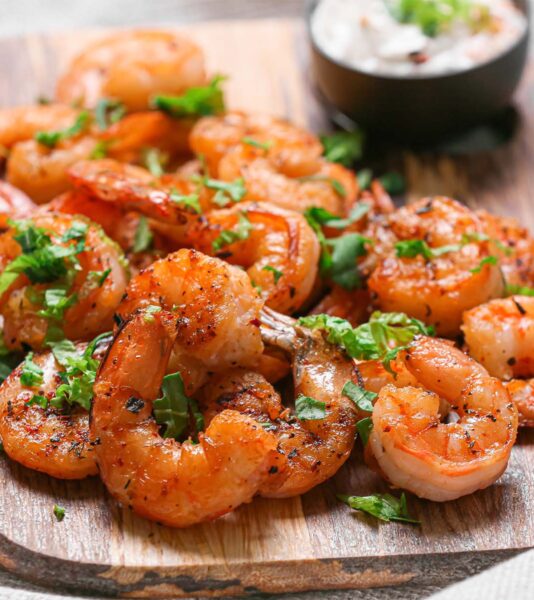Nearly 2 in 4 American adults agree that “food is medicine,” according to a recent report from the International Food Information Council (IFIC) on healthy eating in America. When asked, “What do you think are the most important actions a person can take to be healthy?” 58% of Americans said the answer is to eat a balanced diet. For promoting wellness, healthy eating ranked close to exercise (59%), with more women choosing diet and more men choosing exercise.
Protecting one’s health is the top influence on food choices, according to the survey. It’s followed by the influences of budget, food preferences, habits, and family and friends.
Protein, fiber, and more
To decide if a food is healthy, consumers are most likely to look at the Nutrition Facts label or an ingredient list, according to the survey. What are consumers looking for? Protein stands out, as “a high protein diet is the most common diet that Americans are following,” found the 2025 IFIC Food & Health Survey.
In fact, 70% of Americans are trying to consume more protein, the IFIC reports, and 64% are trying to eat more fiber. Consumers are also prioritizing vitamin D, calcium, vitamin B12, iron, and potassium.
Foods to limit
To many consumers, healthy eating also means limiting certain ingredients. More than half of consumers are concerned about the amount of sodium they consume, according to the survey. Even more (62%) are concerned about sugar. In addition, 45% of Americans try to limit or avoid saturated fat.
Ultra-processed foods are also a hot button, although many consumers are unsure of how to define this term, according to IFIC. A rising number of Americans (8 in 10) consider whether a food is processed before buying it, with many checking the ingredient list to guide decisions.
Food processing occurs on a continuum, according to a classification system called NOVA. Group 4 foods, called “ultra-processed,” contain ingredients that are rarely found in home kitchens or foodservice settings. At the same time, some forms of food processing, represented by other NOVA groups, are essential for a safe and nutritious food supply, according to nutrition experts. (See the blog, Tuna, Salmon, and Processed Foods for more information.)
Choosing more seafood
Research from Mintel this year flags a trend: 46% of consumers have increased their fish or shellfish intake over the last year. The reasons? For quality protein, to improve their health, and to achieve healthy aging. Salmon and tuna remain top choices for fish among all generations, notes Mintel.
Along with high-quality protein with a low saturated fat content, fatty seafood provides omega-3 fatty acids, which may play a role in heart health, brain health, and healthy aging. Eating at least two servings a week is recommended by the American Heart Association and the 2020-2025 Dietary Guidelines for Americans. (Learn more in the Tunaversity course, Advances in Seafood Nutrition.)
More than nutrition
Food has many meanings to us. Notes IFIC, “As conversations about healthy food continue to gain momentum, it is critical to remember that food is more than nutrition.” Emotions and beliefs play a role in how we interact with food. Consumers choose food as “fuel,” for its flavor, and for health-promoting qualities, according to IFIC.








